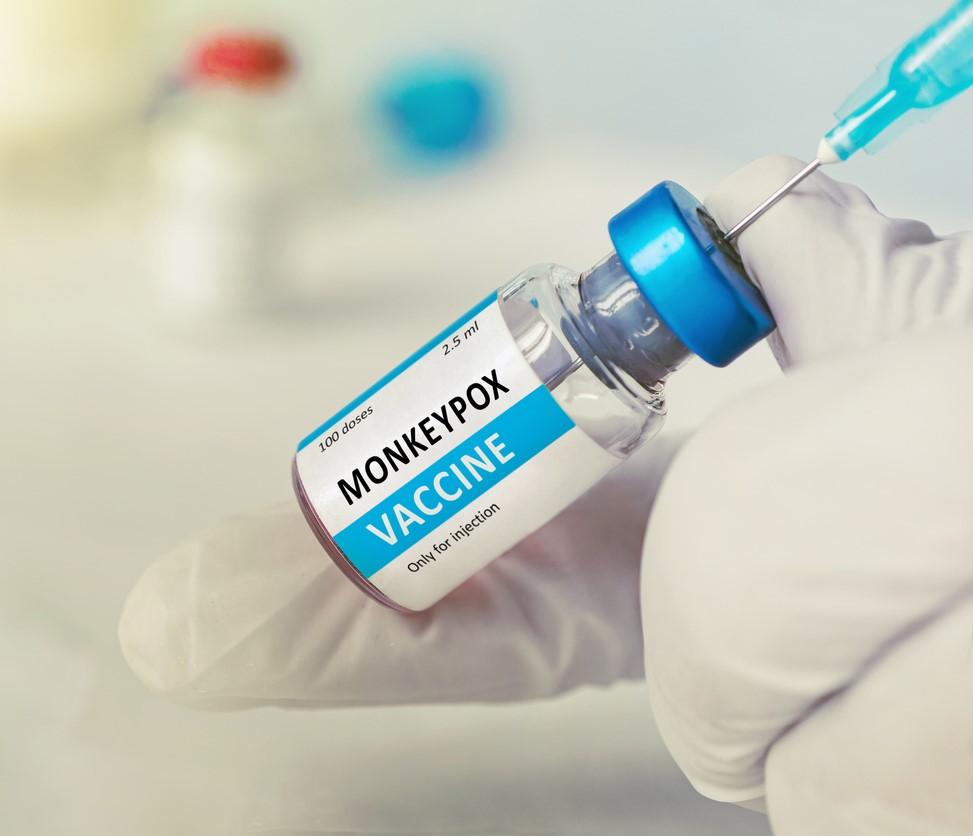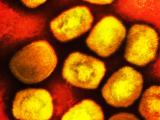Three new studies from the Centers for Disease Control and Prevention and colleagues, published in the New England Journal of Medicine and Morbidity and Mortality Weekly Report (MMWR), provide real-world estimates that two-dose vaccine effectiveness (VE) of the Jynneos vaccine against mpox ranges from 66% to 89%.
The studies are the largest yet to measure how well the vaccine performed in the United States amid the mpox outbreak of 2022, which saw more than 30,000 US cases of the poxvirus, mostly in men who have sex with men (MSM).
Bavarian Nordic created Jynneos as a subcutaneous smallpox vaccine, but the vaccine was used under emergency authorization in the United States in the late summer of 2022 to help prevent the spread of mpox. Vaccination was available to people with known or presumed exposure to a person with mpox (postexposure prophylaxis [PEP]), as well as to those at increased risk for mpox or who might benefit from vaccination (preexposure mpox prophylaxis [PrEP]).
Some recipients got two doses subcutaneously, but, in a dose-sparing effort, some people were administered the vaccine intradermally. Still others were given a first dose and had the second dose delayed by more than 4 weeks in another attempt at dose-sparing.
Two doses offer better protection
In the New England Journal of Medicine, researchers conducted a case-control study based on data from Cosmos, the nationwide Epic electronic health record (EHR) database.
The study population included 2,193 case-patients with a positive mpox diagnosis or positive orthopoxvirus laboratory result, and 8,319 control patients who had been diagnosed as having an human immunodeficiency virus (HIV) infection or a new or refill order for PrEP against HIV infection. All study participants were identified from August 15, 2022, to November 19, 2022
A total of 25 case-patients and 335 control patients received two doses (full vaccination) of Jynneos. The estimated adjusted VE was 66.0% (95% confidence interval [CI], 47.4% to 78.1%). Among the 146 case patients and 1,000 control patients who received one dose, adjusted VE was 35.8% (95% CI, 22.1 to 47.1).
Overall 89.2% of the patients in this study identified as men, 9.1% as women, 1.0% as transgender women or men, and 0.7% as another gender. Case-patients were younger than controls, and more case-patients than control patients had an immune-compromising condition (42.5% vs. 19.9%).
Persons with immunocompromising conditions compose a large proportion of those with mpox and may be more likely to have severe outcomes.
VE was higher for participants with no immune-compromising conditions, at 76.3% (95% CI, 57.7 to 86.8) in those who were fully vaccinated, and 40.8% (95% CI, 24.8 to 53.4) in those who were partially vaccinated.
VE may be lower in this study than in others because of the role of immunocompromised study participants, the authors said. "Vaccine effectiveness is lower in this group than among persons without such conditions. Persons with immunocompromising conditions compose a large proportion of those with mpox and may be more likely to have severe outcomes."
Protection 86% in MSM
A second case-control study, published in MMWR, looked at VE in nine states; Washington, DC; Los Angeles County, and New York City. Participants were MSM ages 18 to 49; cases had a positive mpox diagnoses, and controls had visited a sexual health clinic but tested negative for mpox.
During August 19, 2022, to March 31, 2023, a total of 309 case-patients were matched to 608 control patients, and the adjusted VE was 75.2% (95% CI, 61.2% to 84.2%) for partial one dose and 85.9% (95% CI, 73.8% to 92.4%) for full two-dose vaccination. Adjusted VE for full vaccination among immunocompromised participants was 70.2% (95% CI, −37.9% to 93.6%) and among immunocompetent participants was 87.8% (95% CI, 57.5% to 96.5%).
This study also looked at VE based on route of administration and found comparable VE estimates. Among those fully vaccinated, adjusted VE was 88.9% for subcutaneous, 80.3% for intradermal, and 86.9% for one dose of each type, the authors said.
The third study looked at VE in New York only, with case-patients men older than 18 who received a diagnosis of mpox from July 24 to October 31, 2022, and controls men without mpox diagnosed as having rectal gonorrhea or primary syphilis and a history of male-to-male sexual contact.
Among 252 eligible mpox case-patients and 255 control patients, the adjusted VE of one dose (received 14 days earlier or longer) was 68.1% (95% CI, 24.9% to 86.5%), and for two doses it was 88.5% (95% CI, 44.1% to 97.6%).
The authors said their findings support the two-dose regimen of Jynneos, especially as global mpox spread continues and might increase during the upcoming summer months.



















